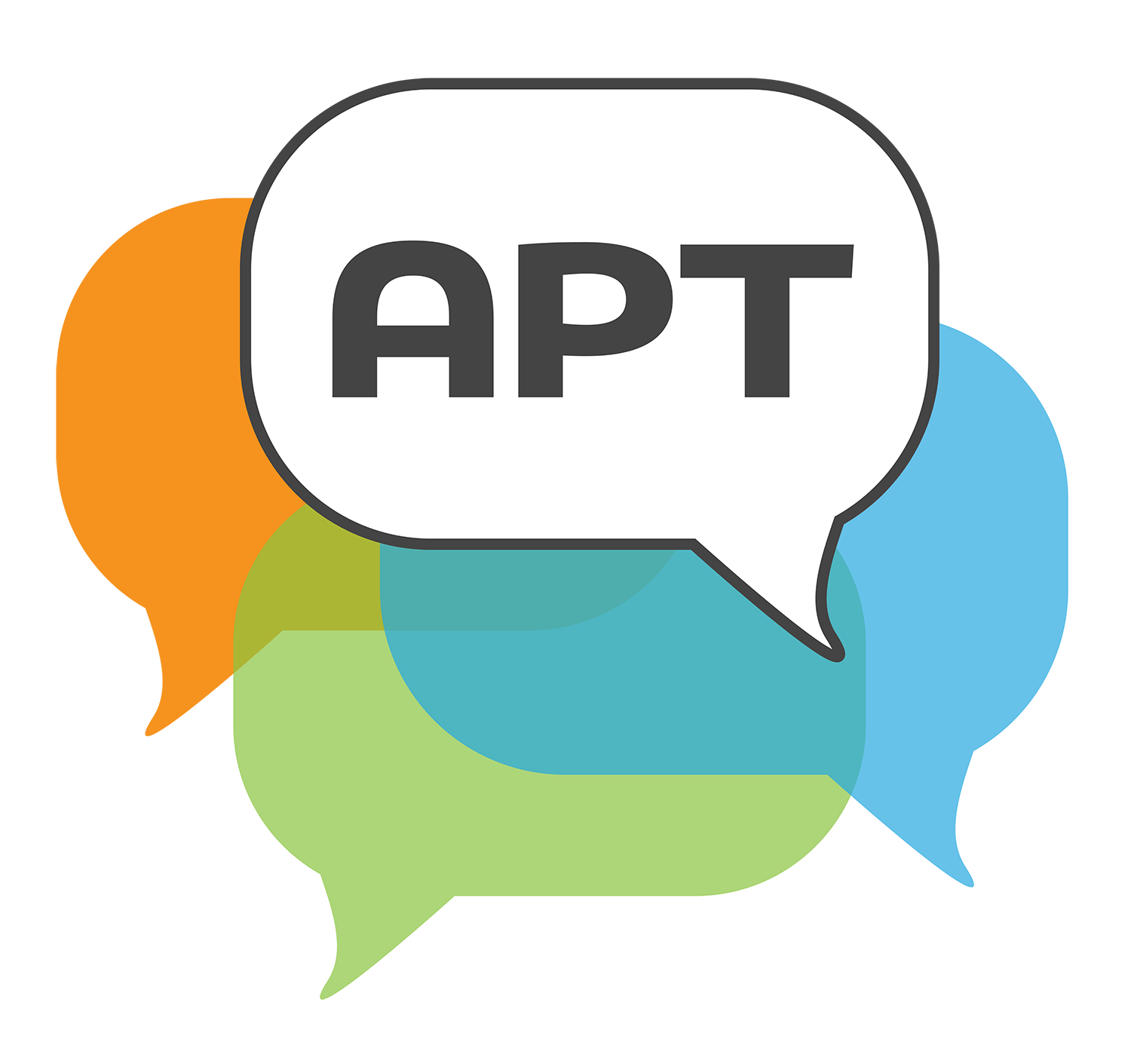Understanding Sleep
Language Arts • Grade 1
Selected segments with commentary below » Full video viewable here.
In this segment, the teacher asks students to share what they learned about sleep from a book she had read aloud yesterday. She uses a little wait time before she calls on the first student. She called on four students who shared facts about sleep that they remembered. She thanked each student after they shared. There was an opportunity here to get students to connect to the comments of others. For example, after S01’s comment, the teacher could have asked: “Can anyone add to what S01 shared about getting “lots of sleep?” Did the book give a sense of how much sleep is lots of sleep?” Asking a question like not only has the potential to affirm S01, and encourage them to participate even more, but it prompts students to connect something they learned to S01’s learning. Connecting, in this case, requires a little deeper thinking than just sharing what they learned.
Here the teacher announces that she will read the rest of the sleep book today and that she will stop at various points and ask them to share what they have learned with a partner. They will also have the opportunity to practice making connections. I think this advanced notice of a turn and talk has the potential to make this activity easier and less scary for some students.
After the turn and talk, the teacher calls on individual students to share what they learned (3:29). After each student gave their contribution, she thanked them and moved on to someone else. Again, I think there is a missed opportunity to get students to engage with each other’s ideas and build a stronger understanding of REM. For example, S15 said, “I have learned that sometimes when you're sleeping you could do rapid eye movement.” The teacher could have said, “Can anyone add onto what S15 said about rapid eye movement?” She also had an opportunity to have students make connections to their own lives here.
After the teacher finishes reading the book, she frames the discussion and then solicits ideas from the students on what to do if they do not understand or hear what their classmates say during the discussion. One idea that wasn’t offered, and the teacher could have added, was asking the question, “I did not quite understand what you said. Can you say it a different way?” Overall, I appreciate this explicit instruction around discussion norms.
Here the teacher asks students for reasons the author gives for why people sometimes cannot sleep. This question, like all the others the teacher asked during this lesson, is not a closed question in that there is not one answer. It is an open question, but one that is not debatable and does not position the students to engage with the thinking of other students because all they are doing is recalling what they have learned from the book.
Every time a student offered a reason, the teacher asked another student if they were able to understand what the speaker said. If a student did not understand, the teacher prompted them to ask the speaker to repeat. Though it is admirable for the teacher to want to make sure that other students listen to and understand each other, the students are not asked to do anything with the information they hear/learn from other students. I think students would be more motivated to hear what their classmates are saying if they can engage with what others say – ask them specific questions, agree or disagree and give reasons, etc. At 9:46, the teacher asks students a question that allows them to draw upon their own experiences, but she uses the same teacher moves that she used for the previous question.
The teacher presents another non-debatable question, and has students respond in a turn and talk. She asks a few students to share their ideas with the whole class. Again, the students only listen to their classmates’ ideas, they do not engage with them.
The teacher’s final question gives students the opportunity to connect what they learned in the book to their own lives. She first has them share in a turn and talk. The teacher goes around and engages with students during the turn and talk. When she brings the class back together to share, S03 shares a personal story that is not related to the teacher’s initial question. So, the teacher goes back to the book and reminds the students what the author suggests to help them fall asleep.
Overall, the teacher reinforces very useful norms for classroom discussion: what to do during a turn and talk and what to do when you cannot hear or do not understand the speaker. However, the discussion is focused more on the sharing of what was learned/recalled from a book rather than explaining their thinking, deepening their thinking, and engaging with the thinking of their classmates.


